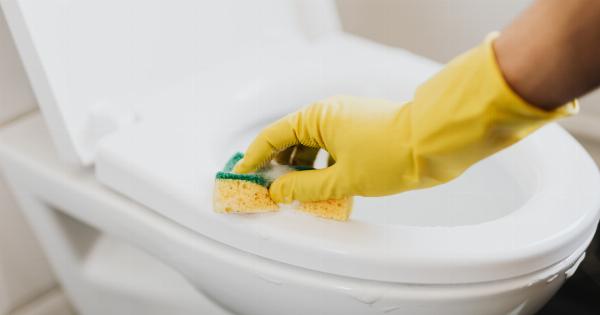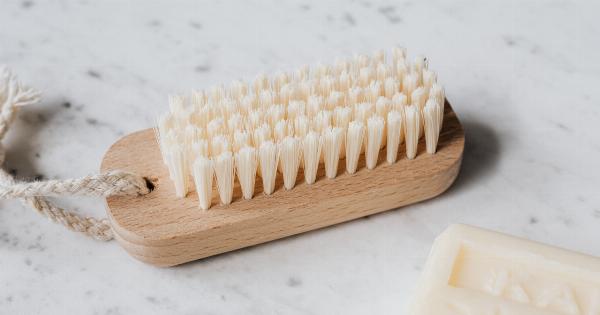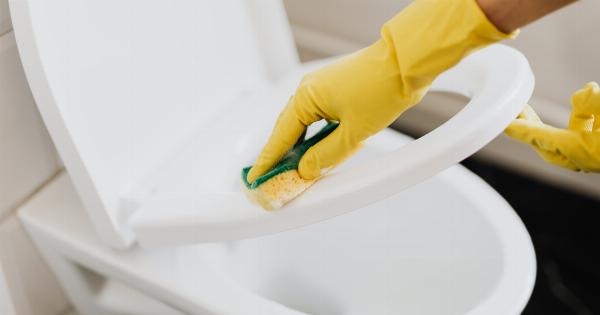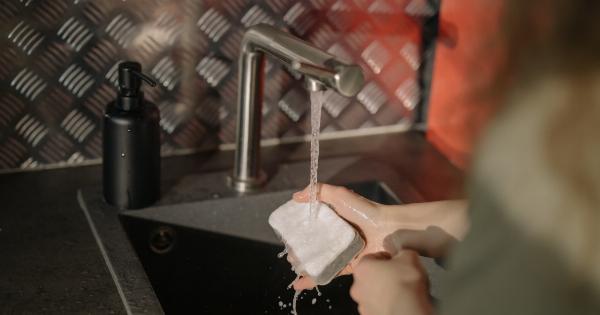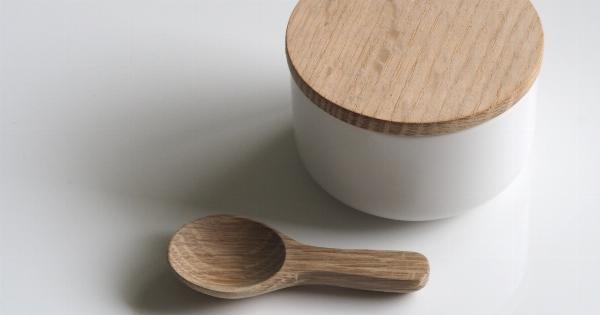Our homes are meant to be our safe havens, where we can relax and feel protected from the outside world. However, little do we know that our homes harbor countless bacteria that can pose a threat to our health and well-being.
While regular cleaning and disinfection can help minimize the presence of bacteria, certain surfaces tend to be more bacteria-infested than others. In this article, we will explore the seven most bacteria-infested surfaces at home and provide helpful tips to keep them clean and germ-free. So, let’s dive in and uncover the hidden breeding grounds for bacteria within our homes!.
1. Kitchen Sponge
Starting off our list is the humble kitchen sponge, a common household item that is often overlooked when it comes to cleaning. Sponges provide the ideal environment for bacterial growth, with their warm, damp, and porous nature.
From food particles to grease and moisture, sponges accumulate a wide range of bacteria, including E. coli and Salmonella. To keep your kitchen sponge germ-free, it is essential to regularly sanitize it by microwaving it for a minute or soaking it in a solution of bleach and water.
2. Cutting Board
Cutting boards are another notorious source of bacterial contamination in our homes.
Whether it’s the wooden variety or a plastic one, cutting boards come into direct contact with raw meat, poultry, fish, and vegetables, providing an easy transfer of bacteria from one surface to another. To prevent bacterial growth on cutting boards, always wash them with hot soapy water after each use, and consider using separate boards for different food groups to avoid cross-contamination.
3. Toothbrush Holder
Most people are unaware that their toothbrush holders can harbor a significant amount of bacteria. The combination of moisture and oral particles creates an ideal breeding ground for bacteria, including streptococcus and staphylococcus.
To keep your toothbrush holder clean, it is recommended to regularly wash it with hot soapy water or run it through the dishwasher. Additionally, ensure that toothbrushes are stored upright to allow for proper air circulation and drying.
4. Bathroom Faucet Handles
Think about it – every time you use the bathroom faucet, you touch the handles with unwashed hands. This makes bathroom faucet handles a hotbed for bacterial growth.
Various studies have found pathogenic bacteria, such as Enterobacter species and Pseudomonas aeruginosa, on bathroom faucets. Make it a habit to regularly disinfect the faucet handles using a disinfectant spray or wipes.
5. TV Remote
The TV remote control is often taken for granted, but it is one of the frequently touched surfaces in our homes. From snacks to unwashed hands, the TV remote can accumulate various bacteria, including cold and influenza viruses.
Regularly wipe down your TV remote with a disinfectant wipe or a cloth dampened with alcohol to keep it germ-free.
6. Smartphone Screens
In today’s digital age, smartphones have become an integral part of our lives. Unfortunately, our constant use of smartphones and our tendency to bring them into various environments make their screens a breeding ground for bacteria.
Studies have shown that smartphone screens can harbor more bacteria than a public restroom. Remember to clean your smartphone screen regularly with a microfiber cloth and disinfecting wipes intended for electronic devices.
7. Doorknobs
Last but not least, doorknobs tend to be overlooked despite being constantly touched by various household members and guests. Contaminated hands easily transfer bacteria onto doorknobs, making them a common source of bacterial infection.
To prevent the spread of bacteria, regularly disinfect your doorknobs with a disinfectant spray or wipes. Additionally, encourage everyone in your household to wash their hands regularly, especially before and after touching doorknobs.
By keeping these seven bacteria-infested surfaces in mind and implementing proper cleaning and disinfection practices, you can create a healthier and safer home environment.
Remember, regular cleaning, along with proper personal hygiene habits, is essential for combating the invisible threats that lurk within our homes.






